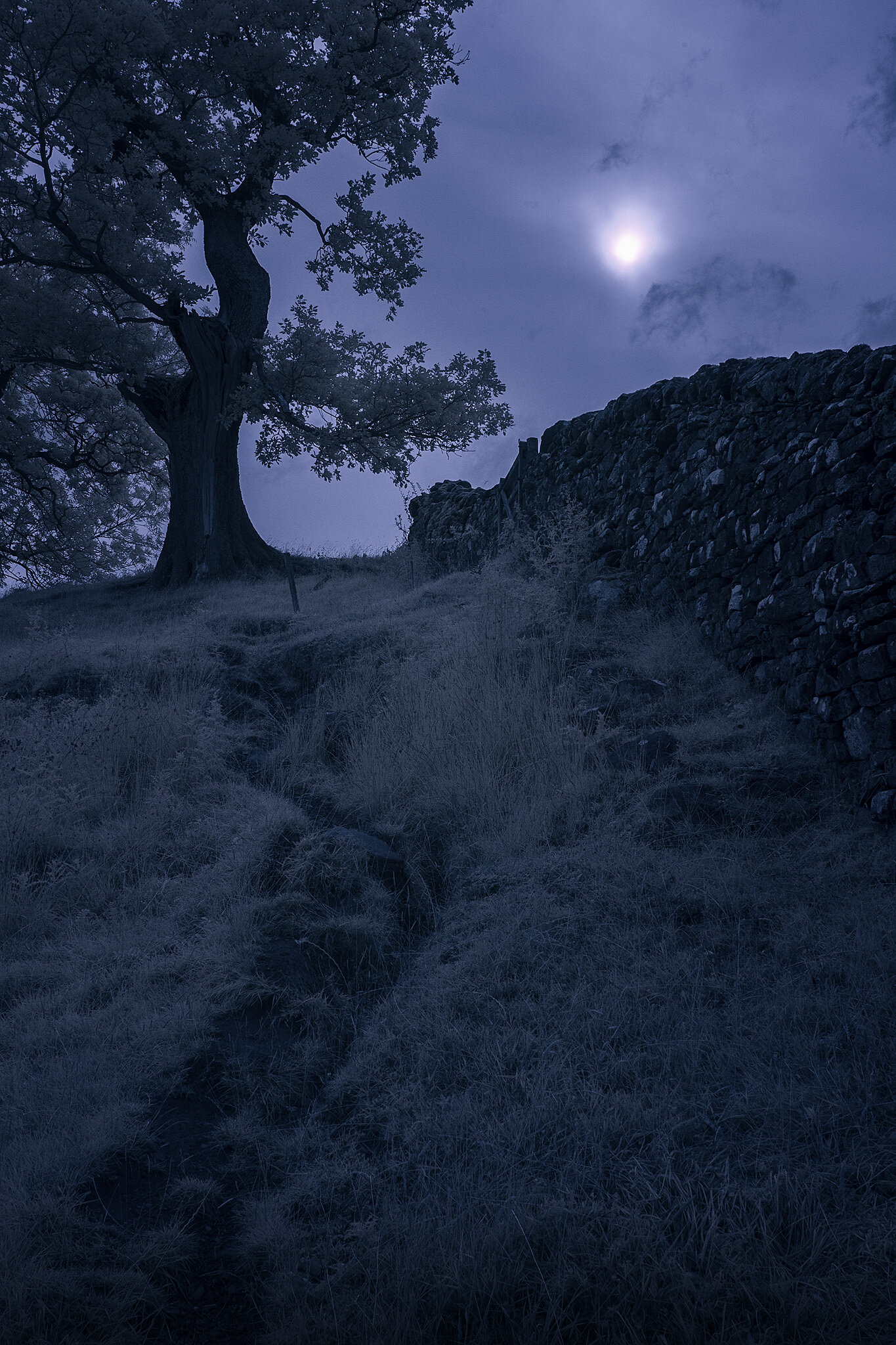Shap Abbey

Shap Abbey is not notable for its remaining ruins, as there is very little that remains. The most substantial structure is the west tower and that is also a ruin. What it is notable for, is it's landscape, the bleak, yet beautiful, remote location gives the viewer a real sense of the past. You can imagine that if the monks returned today, they would not only recognise it, they would still feel at home. While the buildings have not stood the test of time, time has virtually stood still here.
Shap Abbey started its life 20 miles away, near Kendal in 1190. It was decided to move the monastery about nine years later, when the community were given lands by a local Baron, Thomas, son of Gopspatric, on the western bank of the River Lowther, just outside the village of Shap. The monastery originally had a different name also, and was known as Hepp Abbey, but shortly after relocating it gradually took on the name of the nearest town, and became Shap Abbey.
Shap Abbey was one of the Premonstratensian monasteries. The Premonstratensian order was founded in the 1120’s, in northern France. There were only ever 32 Premonstratensian houses in Britain. The community at Shap was always small, with between 12 and 20 canons, who were governed by their Abbot. It was only ever a small monastery but at one point it had a church, dormitory, chapter house, warming room, cloister, fish ponds and a mill.
The precinct wall, which enclosed the monastery, is still visible in places, although now much lower than it originally was. The canons at Shap were all ordained priests, they were not monks but were Canons Regular, as that is how Premonstratensian monasteries were structured, they did not have lay brothers in their communities.
Over the years, Shap Abbey received donations from the wealthy Clifford and Vieuxpont families. The west tower, which still stands, was rebuilt at the end of the 15th Century.
Shap Abbey was the last Abbey to be dissolved under the act of Dissolution, in 1540. The Abbey lands were then sold to Sir Thomas Wharton, and they remained in the Wharton family until 1732, when the lands were seized because the Duke of Wharton was a supporter of the Jacobite cause. Most of Shap’s stone was taken for other buildings, and the 17th Century market hall in Shap, is said to have been built with stone from the Abbey.





